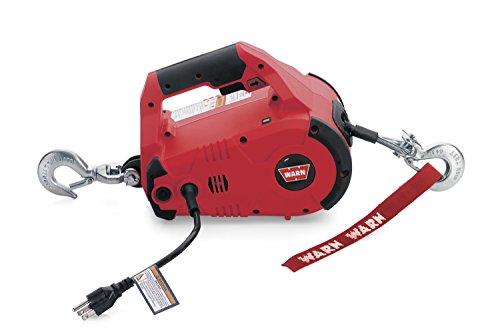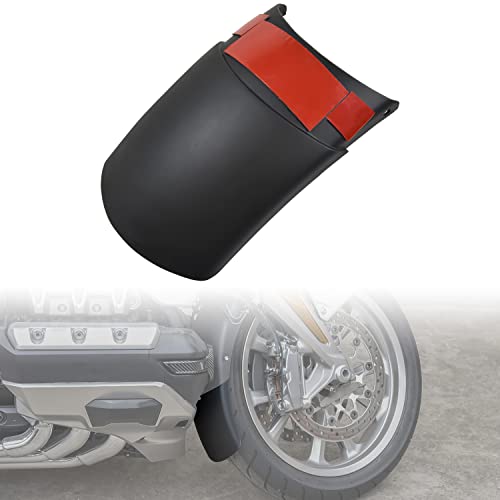Was going to use a series RR before the stator went for a trip south. Changed to the external alternator mod. Have LEDs now, but using an automotive alternator is different than the 3 part alternator system that uses a stator. Know of one 1200 that has the SH847 series installed. Know this because I sold him the one I was going to use, have pictures. Reducing electrical load with LED lighting is not an issue with an automotive alternator, voltage regulation is different. An issue with LED lighting is turn signal hyper flash, not enough electrical load for the older system, something like having one or more of the signal lights out. One other issue is the lighting system load may be reduced such that you may get a lighting warning lamp indication if fitted.
A 3 part alternator system is called this because the rotor is fixed to the engine, the stator is fixed to the engine rear cover and mates with the rotor internally, and the RR is external to the engine, whereas an automotive alternator has the same three ingredients but as a neat little package.
Cheers


















































